D-EYE, an Italian company working to deploy affordable medical systems for mass health screenings, on Wednesday announced its eponymous iPhone-based retinal imaging accessory is now shipping.
Designed for medical professionals, D-EYE is a passive accessory that transforms iPhone 5 and iPhone 6 models into a portable opthalmoscope for imaging the fundus of the eye, or the internal lining of an eyeball.
The retinal examiner's small box-like module attaches to a provided bumper-style case, positioning it directly over iPhone's rear camera and LED array. By tapping into iPhone's camera, processing and communications capabilities, D-EYE achieved a low price point suitable for clinical screenings in areas where such technology may otherwise be unavailable.
"We are excited to help millions of people, many in underserved populations, receive proper eye care with our low-cost retinal screening capability," said Richard Sill, CEO of D-EYE. "D-EYE's telemedicine applications will transcend traditional spatial boundaries, allowing specialists worldwide to assist and collaborate on diagnoses, which is especially impactful in areas where resources are limited or when patients are unable to travel."
The module boasts a 20-degree field of view for observing a patient's optic nerve, retina and other eye structures without corneal glare. Since the system relies on iPhone's LED as a light source, it requires no extra power, making it an ideal solution for on-the-go diagnostics.
With the ability to capture photographs and video, D-EYE can be used to screen for glaucoma, diabetic retinopathy, age-related macular degeneration, blood vessel abnormalities, hemorrhages and other disorders. The accessory is registered with both the FDA and CE.
D-EYE is also working to roll out its own HIPAA-compliant cloud platform called ImageVault. Available later this year, the subscription service will offer the usual off-site data storage features, but is also designed to promote telemedicine applications by allowing users the ability to share images with other medical professionals.
D-EYE is available now for iPhone 5, 5s and 6, as well as select Android handsets, and can be purchased through the company's website for $445.
 AppleInsider Staff
AppleInsider Staff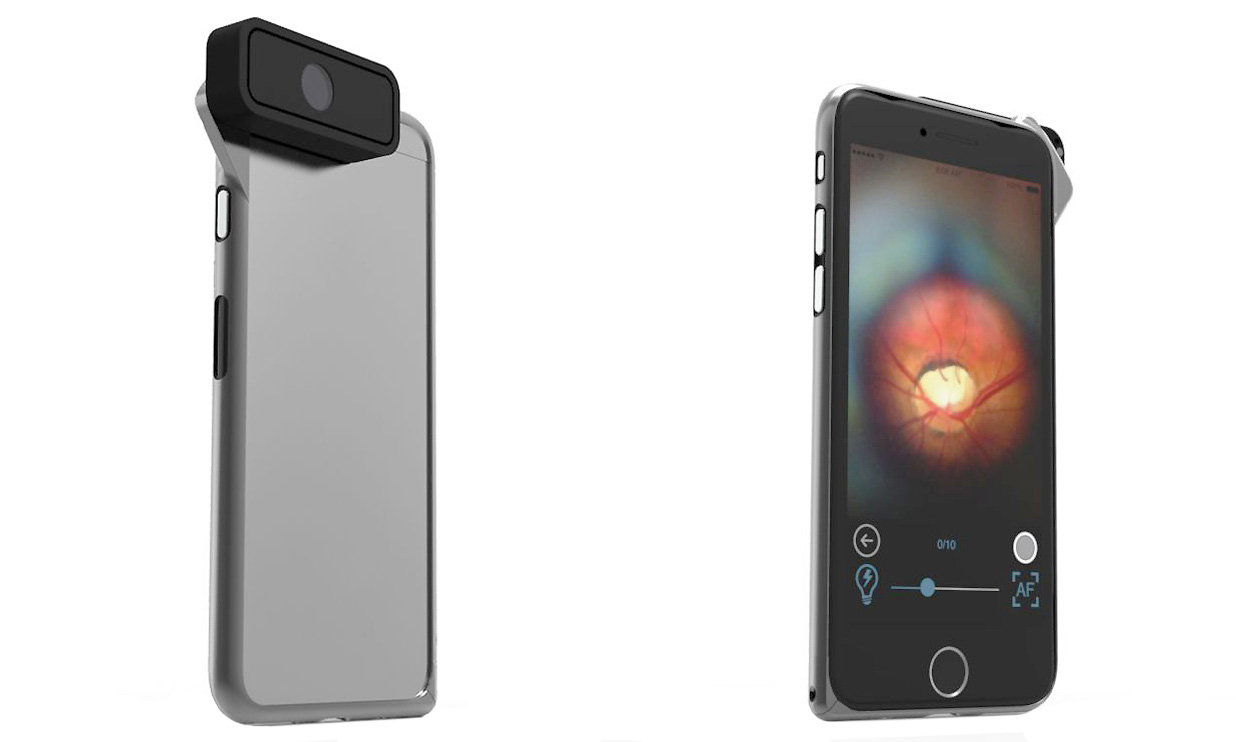


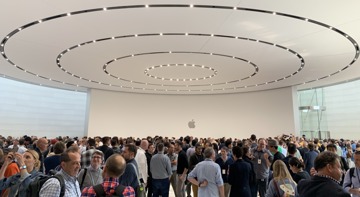
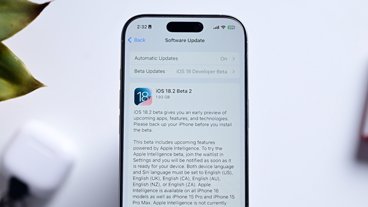
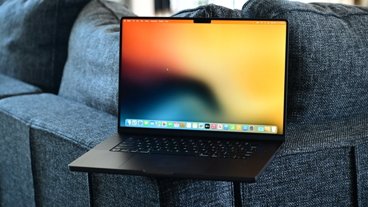


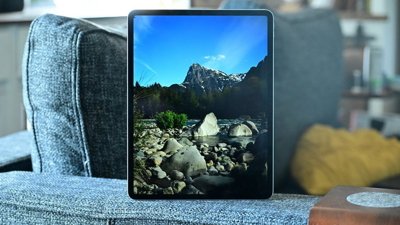
 William Gallagher
William Gallagher

 Christine McKee
Christine McKee
 Andrew Orr
Andrew Orr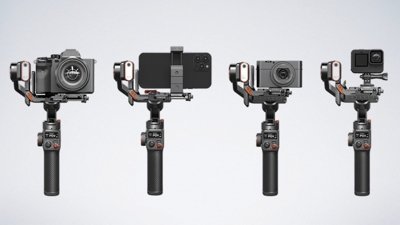
 Charles Martin
Charles Martin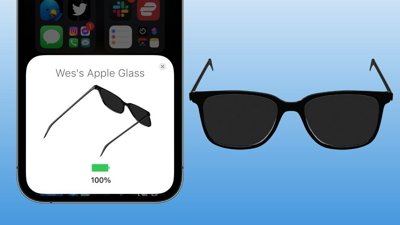
 Marko Zivkovic
Marko Zivkovic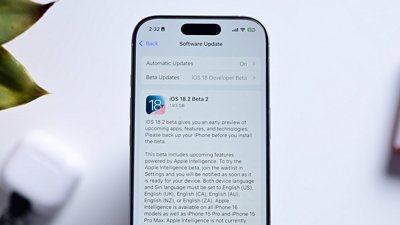
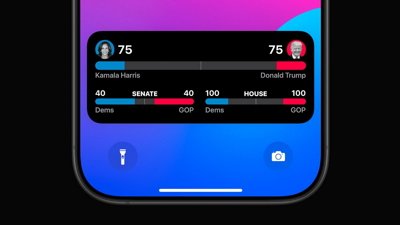
 Wesley Hilliard
Wesley Hilliard
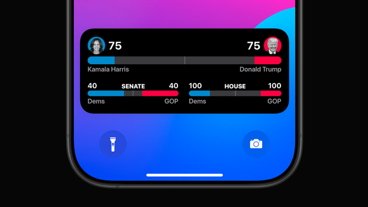
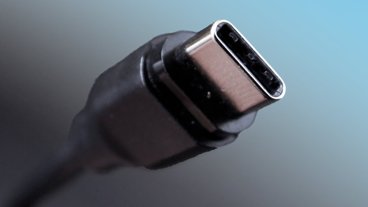
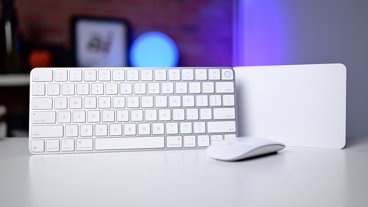
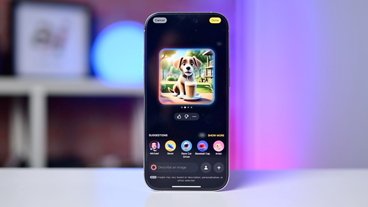
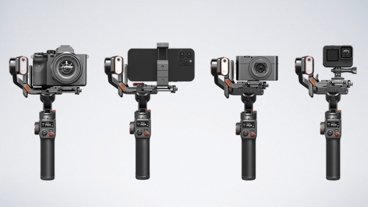
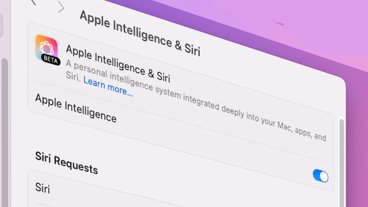

4 Comments
I think this is vaguely interesting, at least academically. But I wonder about the quality of the images... I went to the official website, where every single image taken with this device was turned on its side so you couldn't see it well. Zero exceptions. Makes one wonder.
If it works great, then Apple should buy the company, miniaturize the technology, and introduce retinal biosecurity to the iphone 7S or 8.
Comparing this item with traditional opthalmoscopes raises an issue. Most are shaped to keep the body of the instrument away from the face. This one isn't. I wonder if there'll be issues with the body of that iPhone contacting the face or unable to be pointed properly to to a prominent cheekbone, nose or whatever. That may be why a previous poster referred to the images have to be taken with "this device turned on its side." That matters because, if it ends up touching the patient, this device could spread infections from one patient to another. In mass screenings, that could be quite bad.
Comparing this item with traditional opthalmoscopes raises an issue. Most are shaped to keep the body of the instrument away from the face. This one isn't. I wonder if there'll be issues with the body of that iPhone contacting the face or unable to be pointed properly to to a prominent cheekbone, nose or whatever. That may be why a previous poster referred to the images have to be taken with "this device turned on its side."
That matters because, if it ends up touching the patient, this device could spread infections from one patient to another. In mass screenings, that could be quite bad.
Disposable covers just like many medical instruments use....
Hello from the D-EYE Care Team,
Thank you for your comments. Much appreciated! Several points in response to the comments below.
1) We have a library of actual videos of scans performed by Dr. Russo (inventor) and many doctors from around the globe that have tested our prototypes. These videos should be available on our new web site very soon. In the meantime, you can contact us via info@d-eyecare.com and we will be happy to respond with a link so you can visit the library. Seeing is believing.
2) When you do a scan, you will position your hand above the eye to get within 2-3cm. Very close to the eye, but you do not touch it. If you are practiced ophthalmoscope user, you will enjoy using the smartphone device. You don't have to kiss the patient :) With about 30 minutes of practise, you will be able to get very good results.
3) When you use the D-EYE, you will discover that you can easily change the angle of view to see more of the macula by angling the phone. Takes some practise. We describe the use of the device as the same as looking through a keyhole...the farther away from the keyhole, the narrower the field of view. Same principle.
4) Dilation is not required, but if you can dilate, the field of view is a little better than 20 degrees. Angle the phone and you get a better view of the macula. Undilated field of view depends on the natural state of the retina. So choose a dimly lit room for better results. Your objective will be to get a clear view of the optic disc.
5) A very important point, the lens design eliminates corneal glare. Nothing like it out there. This is what impresses all doctors that use it for the first time.
6) Based on whether you are right or left handed will change the way you position the phone. The positioning also changes based on where the camera lens is located. For an iPhone, the lens is on the left side of the back of the phone. If you are right handed , approaching the patient's right eye, you will hold the phone vertically. For the left eye you will turn it horizontally. There is no problem with cheek bones or noses:)
7) So you ask what is the value of the D-EYE System? It is a simple pre screening device that may help a doctor see the beginning of a particular eye disease in very early stages. Sending the scan to a specialist will bring immediate feedback for the patient. If you have had an older family member go blind from macular degeneration, you will know how important early detection is in slowing that disease. So D-EYE will most likely be from remote areas to emergency rooms or when a fundus camera is not available.
In sum, nothing to be skeptical about. Remember, it is like an ophthalmoscope because it is a direct view of the back of the eye vs. an indirect fundus camera. So what you see and what you record is what you get. We have been to many International congresses over the past 9 months including a soft introduction at AAO last October where Dr. Russo published two papers on the design. Every skeptic you can imagine has come to the booth and we have shown them that it really works. Happy to further discuss. Hope you will contact us so you can see the library. Thanks for your good comments. PS: we are a global company with 19 international distributors and adding more everyday. We have offices in Boston and Pasadena (some of us are American) as well as our engineering office in Padova (near Venice) with a very proud core of people including Dr. Russo and his colleagues from the University Of Brescia who originated the design concept . So for now... Ciao from Italy!
Spencer Lee
VP Sales